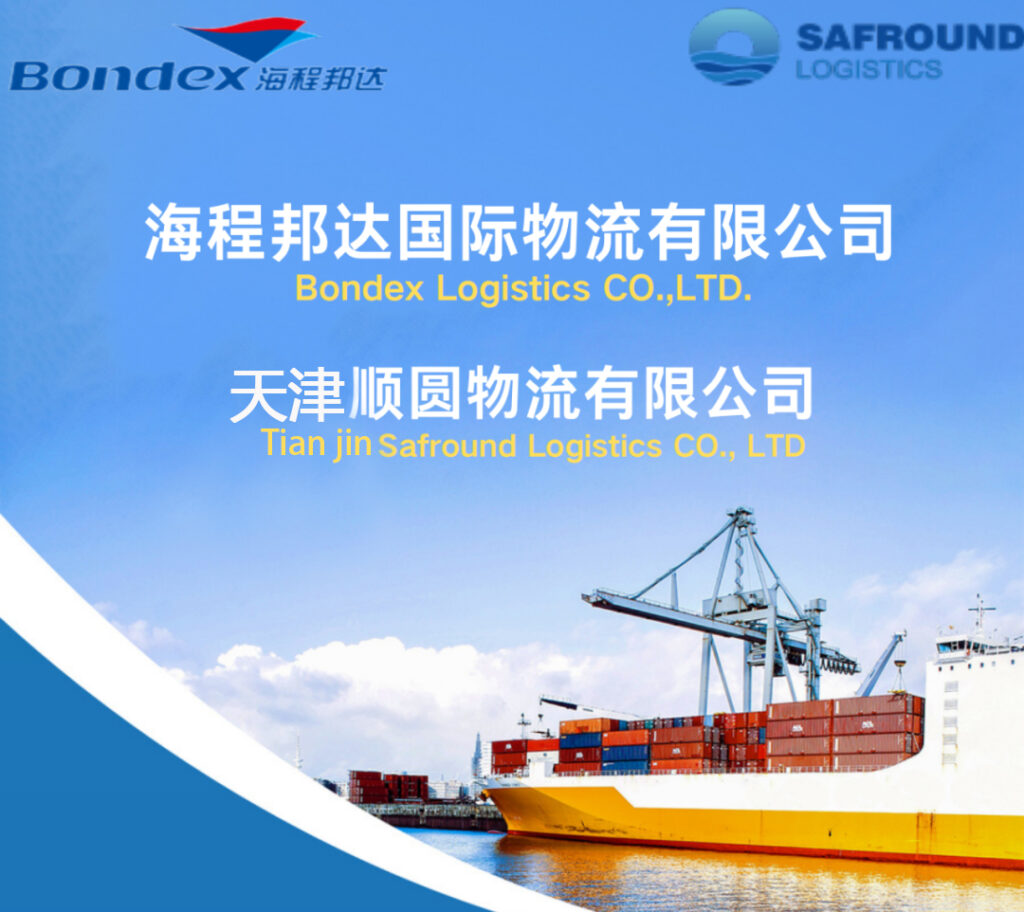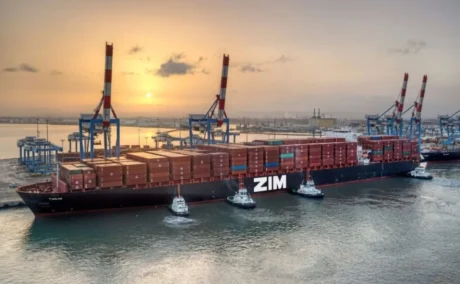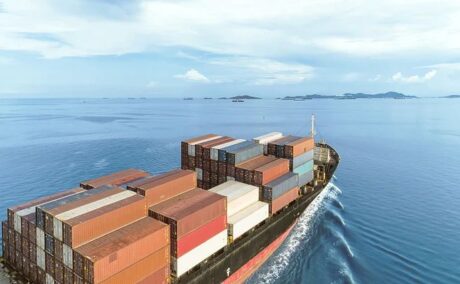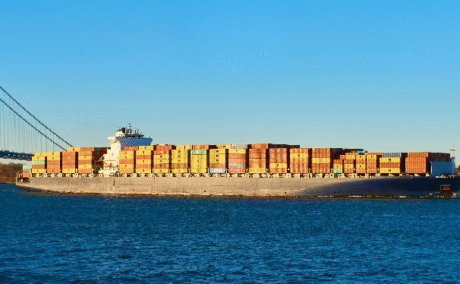Crazy! Tariffs raised to 145% instead of 125%! Shipments plummeted, goods in transit abandoned!

On Thursday (April 10), local time, White House officials clarified to the media that the total tariff rate actually imposed by the United States on goods imported from China should be 145%.
Earlier, on Wednesday (April 9), local time, Trump announced on his social media that as a reasonable countermeasure to China's 50% tariff on goods imported from the United States, the tariff rate on Chinese goods exported to the United States will be raised again to 125%. The 125% is a "reciprocal tariff" rate, which does not include the 20% tariff previously imposed on China due to fentanyl. Previously, the United States imposed a 10% tariff on Chinese goods on February 3 and March 4, local time, respectively, on the grounds of the fentanyl incident. Therefore, the total tariff rate on goods imported from China in 2025 is 145%.
On April 9, local time, the Trump administration decided to suspend the "reciprocal tariff" policy for 75 trading partners for 90 days and reduce the relevant tariff rate to 10%. This "one plus one stop" tariff policy adjustment marks a major shift in the Trump administration's tariff strategy, that is, from the global "reciprocal tariff" dispute, to focusing the main firepower on China.
Faced with high tariffs, the difficulties faced by foreign trade export companies have far exceeded the scope of suspending shipments and reducing bookings. The latest report from the Hong Kong "South China Morning Post" stated that with the sharp reduction in bookings, some shippers have announced that they will abandon their goods in the market.
According to reports, as Sino-US trade tensions intensify, some domestic exporters are forced to take extreme measures to abandon goods in transit and hand over containers directly to shipping companies to avoid the high costs caused by the sudden increase in tariffs.
An employee of a listed export company in China revealed that due to the impact of the US's 104% tariff on some Chinese goods, the company's container transportation volume to the US has dropped from 40 to 50 per day to 3 to 6, and the overall tariff burden is as high as about 136% (based on the latest tariff rate on April 10). The employee said: "The company has suspended all transportation plans from the Philippines, Vietnam, Indonesia and Malaysia, all factory orders have been suspended, unshipped goods will no longer be shipped, and the cost of sea freight needs to be recalculated." A customer of the company clearly stated that it would give up sea freight and hand it over to the shipping company because "no one will be interested in the goods after the tariffs." The company's senior management returned to China urgently to deal with the order cancellation crisis and suspended all container business until the tariff policy is clear or an alternative market is found. Import companies also admitted: "The payment is 3 million, but the tariff is more than 3 million. This business cannot be done." The "reciprocal tariff" policy suddenly implemented by the Trump administration has made it difficult for importers to bear the high tariff costs. If they can negotiate with the shipping manufacturers to share the tariffs, they can barely maintain it, but in most cases, the tariff costs directly swallow up profits, and importers ultimately choose not to pick up the goods or wait for the tariff sharing plan.



